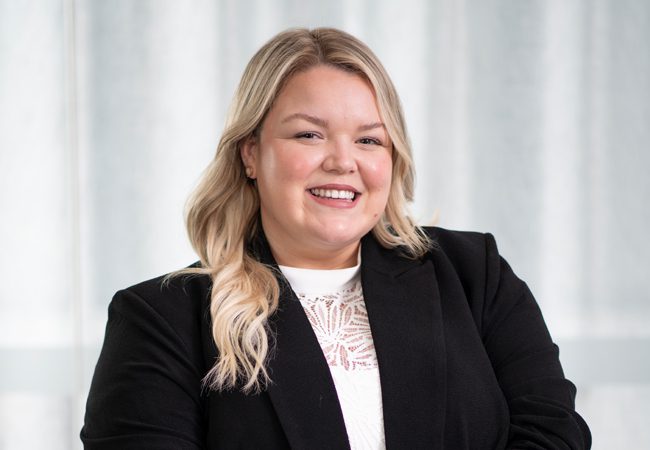Understanding Addbacks in Family Law Property Settlements
Accountants advising separating clients who are high-net-worth, business owners, or those with complex finances must now navigate a fundamental shift in the treatment of “Addbacks” in Family Law.
The Family Law Amendment Act 2024 (effective from 10 June 2025) and the Full Court’s decision in Shinohara & Shinohara unequivocally ended the long held practice of notionally “adding back” spent or dissipated assets to the asset pool.
Now, without robust financial tracking, clients may misinterpret what is recoverable under this new approach. While addbacks are no longer allowed, courts will still consider the effect of spending under section 79(4) (contributions) and section 79(5) (current and future circumstances), including consideration of whether the expenditure constituted intentional or reckless wastage, legal expenses, normal living expenses or the incurring of liabilities.
For accountants, understanding these shifts is crucial not only for advising clients but also for protecting them from inadvertent financial loss. Without proactive financial review and legal advice, these transactions could now go unrecovered in a property settlement.
Key Case: Shinohara & Shinohara and Its Impact on Property Division
In Shinohara & Shinohara, the Court reviewed whether previously dissipated funds—such as significant withdrawals or unexplained spending—could be ‘added back’ into the asset pool for division. Under the pre-2024 law, these might have been reinstated as Addbacks. However, the Court’s decision, aligned with the 2024 reforms, demonstrated a reluctance to adjust for these unless they meet very specific criteria.
For accountants, this means a shift in what financial red flags to look for. Client decisions around loans to family members, asset sales, or large discretionary spending may not be revisited by the Court in the way they once were —making early scrutiny vital.


















